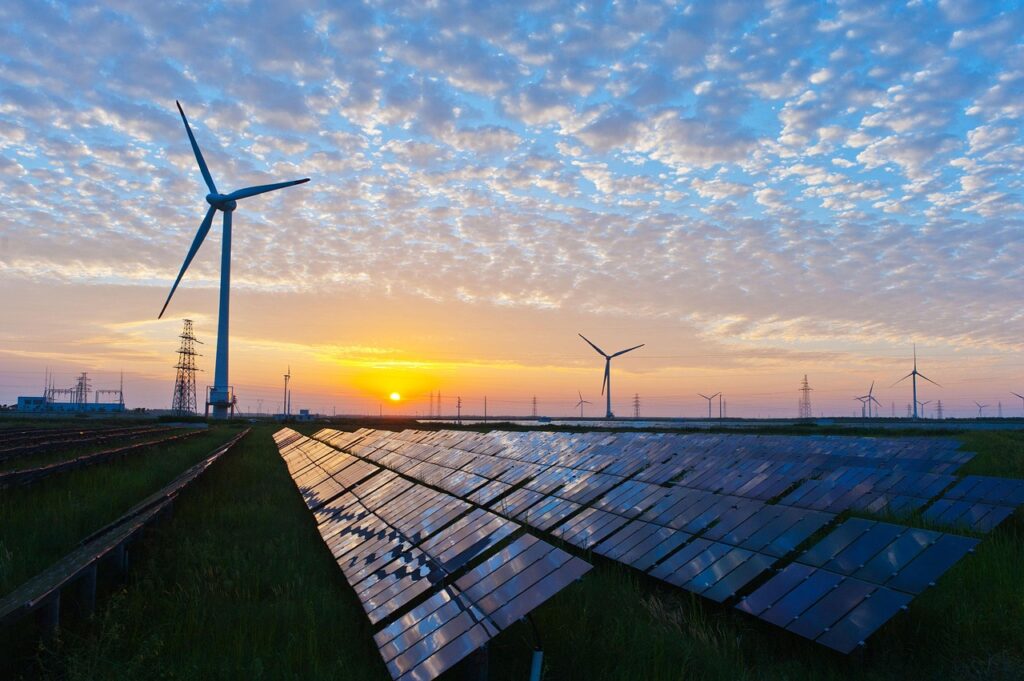Economics and Climate Minister Robert Habeck is working on the energy turnaround and the decarbonisation of Germany to avert climate catastrophe. The goal is 100 % renewable energy in a few years. However, Habeck’s “Easter package” on the energy transition leaves many questions unanswered. In 2021, wind and solar energy accounted for only 5 % of primary energy consumption in Germany. The double phase-out of coal and nuclear energy is creating a huge supply gap. In addition, the costs for energy procurement are exploding. The energy turnaround is at a dead end, but Habeck nevertheless has the confidence to manage the energy turnaround and is also convinced that he has the necessary skills to do so.
With this article we start a small series by our guest author Hans Ambos. Ambos is a radiation protection officer, worked at the Biblis nuclear power plant from 1976 to 2005 and has been a freelance lecturer for the IHK on radiation protection, nuclear technology, physics and the like for 10 years. In this and the following articles he will point out, point by point, the current problems of the path now taken.
Expansion targets for renewable energies
The share of “renewables” in the electricity supply was 43 % in 2021. Within 8 years, Habeck wants to increase this share to 80 %. By simply doubling the number of wind turbines and PV plants in combination with large storage facilities, the wish is to become reality. Of course, this cannot work, because during dark periods even 10 times as many non-regulable wind power and solar plants do not produce electricity.
Dark lulls, even for several days, have so far been bridged by ramping up coal and gas-fired power plants. In principle, there is a conventional power plant behind every wind turbine or PV system. With the current expansion target, renewable energies generate far too much unregulated electricity with an average wind speed and average sunshine duration, which then has to be destroyed, i.e. switched off, or dumped abroad at negative electricity prices. Storing the surpluses in the range of 10 to 20 terawatt hours for a dark period is technically and financially impossible.

Where will the electricity come from when the fossil power plants are switched off?
In Habeck’s Easter package, however, it remains completely open where the electricity will come from after the phase-out of coal, gas and nuclear energy. In 2021 alone, there was practically no green electricity on a total of 60 days.
Why a wind turbine does not make sense everywhere
Erecting wind turbines in Bavaria is quite nonsense, both ecologically and economically. The wind speed is on average only half as high as on the coast. Wind turbines in southern Germany do not have half the output at half the wind speed, but only 12.5 %, because wind energy scales to the 3rd power of the wind speed. Eight wind turbines in southern Germany produce only as much electricity as one on the coast. Then there are the harmful side effects such as the shredding of birds and bats, infrasound, deforestation and the disfigurement of the landscape, which more and more people are opposing.
The expansion eats up our resources
The current expansion targets also mean a consumption of farmland and natural areas for huge PV plants and wind turbines, which also meets with resistance from the population.
At the same time, further expansion eats up our resources. For a single wind turbine you need: 1,200 t of concrete, 260 t of steel, 4.7 t of copper, 3 t of aluminium and 2 t of rare earths and many tonnes of composite materials with plastics. This means that for your additional 24,000 wind turbines by 2030, incredible masses come into consideration. At the same time, the calculated lifespan is just 20 years. This is not sustainable, especially since there is still no sensible disposal concept for the dismantling of these plants.
